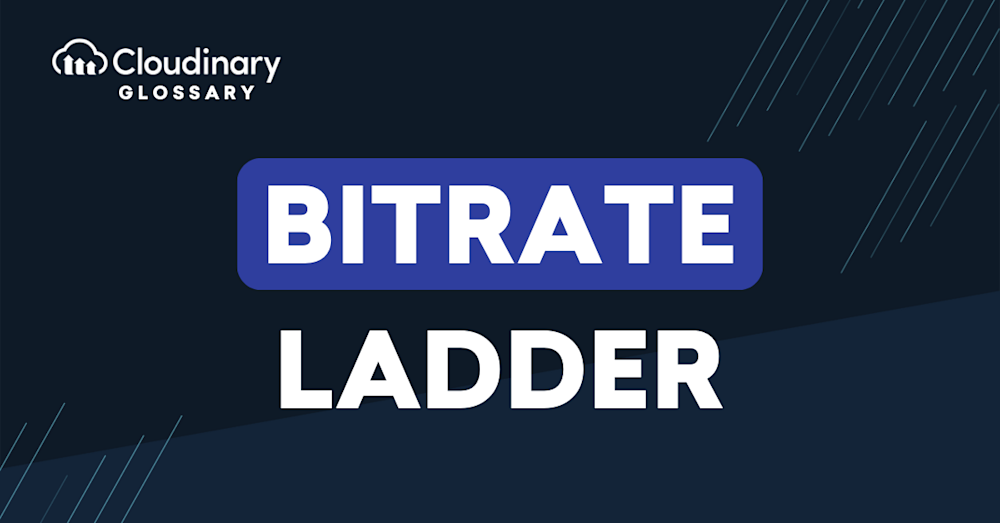What Is a Bitrate Ladder?
A bitrate ladder is a collection of video files encoded at varying bitrates, resolutions, and qualities. These files are carefully crafted to cater to different network conditions and device capabilities. The higher the bitrate, the more data is allocated to represent a video frame, resulting in higher quality but larger file sizes. By having multiple versions of a video at different bitrates, the streaming platform can dynamically adjust and deliver the most appropriate version based on the network conditions and device capabilities.
Where Is the Bitrate Ladder Used?
The bitrate ladder is a crucial component in adaptive bitrate streaming (ABR), a popular technique on streaming platforms like Netflix, YouTube, and Amazon Prime Video. ABR works by continuously monitoring the viewer’s network conditions and device capabilities and adapting the video stream in real-time to provide the best possible quality without interruptions or buffering.
When a viewer initiates video playback, the streaming platform analyzes the viewer’s network conditions and device capabilities. It then selects the most suitable video file from the bitrate ladder to begin playback. As the streaming session continues, ABR measures the viewer’s bandwidth. If the available bandwidth increases or decreases significantly, it seamlessly switches to a different version of the video from the bitrate ladder that matches the new network conditions. This dynamic adaptation ensures smooth playback and optimizes both quality and performance.
Per-Title Encoding versus Context-Aware Encoding
Per-Title Encoding and Context-Aware Encoding represent two different methodologies utilized in constructing bitrate ladders for ABS. These methods offer varying approaches to optimizing video quality and viewer experience, bearing unique strengths that cater to diverse video content and distribution conditions.
Per-Title Encoding applies a custom bitrate ladder for each video title based on its unique characteristics. It considers aspects like motion, complexity, detail, and noise, utilizing these attributes to sculpt an encoding ladder. This methodology excels for Video on Demand content, where the time to analyze and encode videos isn’t restricted to real-time constraints.
On the other hand, Context-Aware Encoding factors in variables beyond the individual video, considering the distribution conditions and the specific devices on which the content will be viewed. As the name suggests, it maintains an awareness of the context, adjusting the encoding strategy based on network conditions and device capabilities. Context-aware encoding ensures a more holistic optimization by considering bandwidth, screen resolution, and battery life.
Final Thoughts
The bitrate ladder is a fundamental component of adaptive bitrate streaming, enabling streaming platforms to deliver high-quality video content optimized for each viewer’s specific network conditions and device capabilities. Both Per-Title Encoding and Context-Aware Encoding have their unique strengths. However, choosing the right approach or blend can differentiate between mediocre video delivery and an outstanding viewer experience.
Incorporate the power of the bitrate ladder and Cloudinary’s video processing functionalities to elevate your video streaming quality, engage your audience, and deliver exceptional video experiences. Experience the full breadth of optimized video streaming by choosing Cloudinary for your encoding and delivery needs. Sign up for a free account today!
Additional Resources You May Find Useful:




